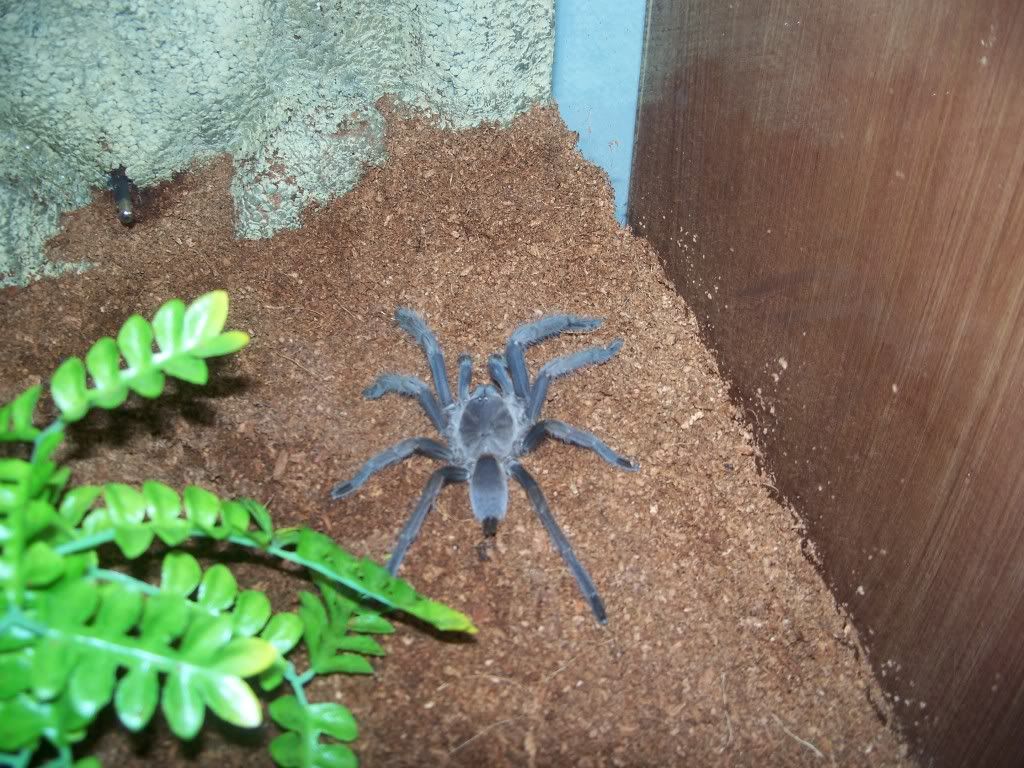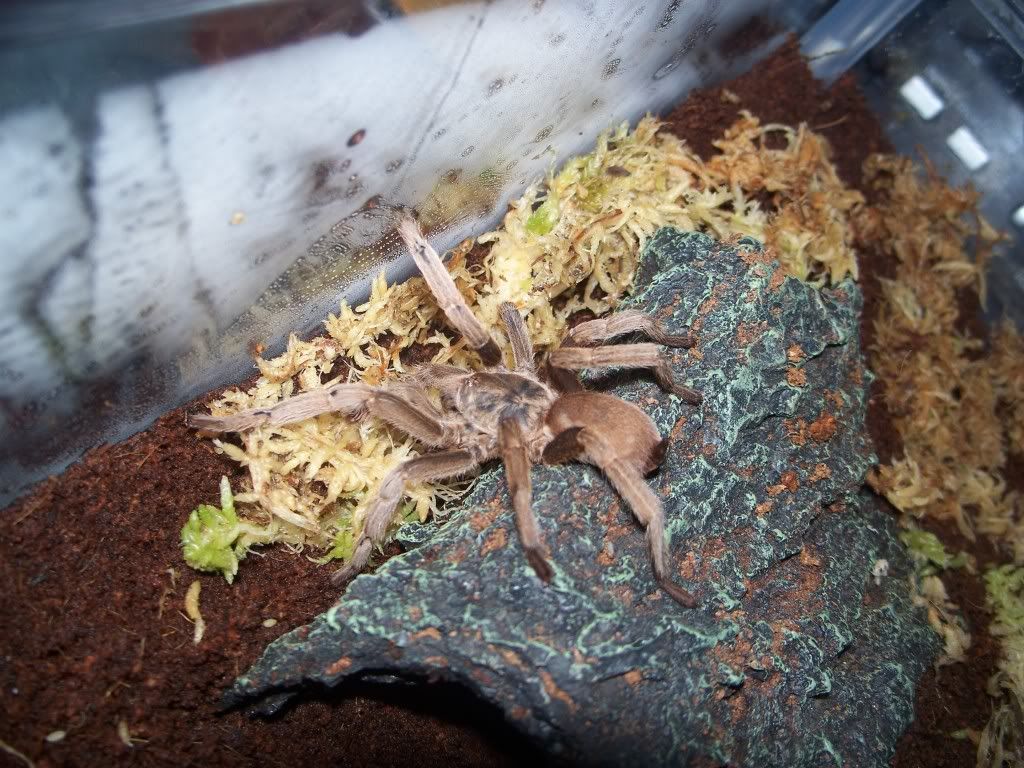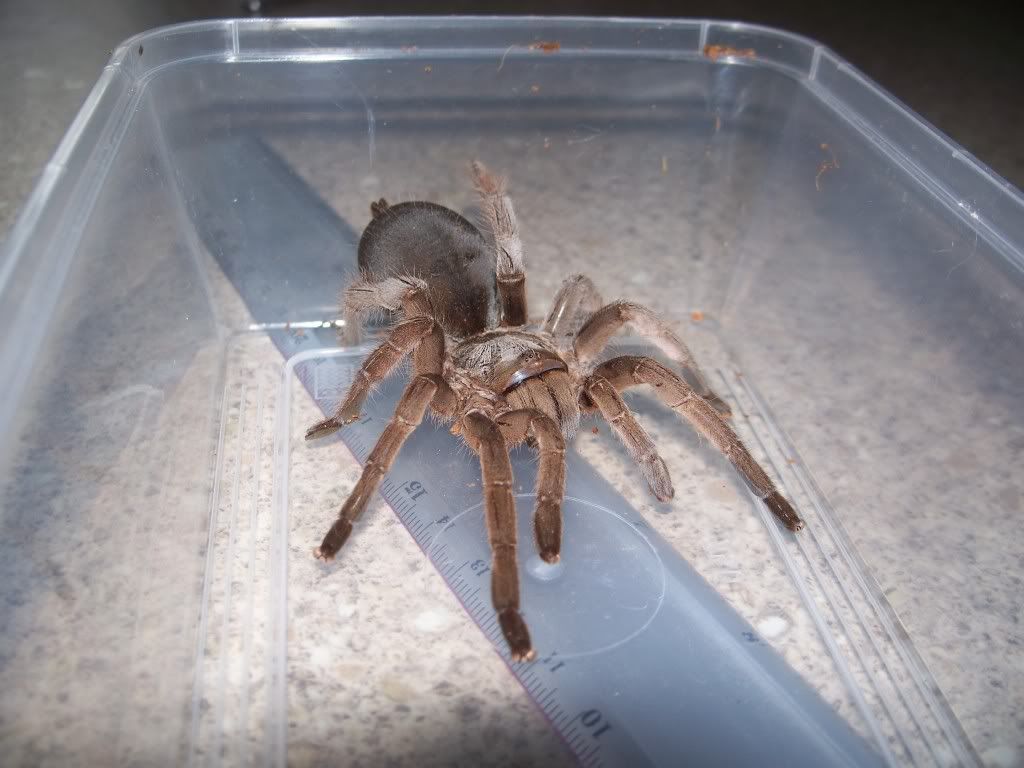pic 1. Selenotholus exquisita
pic 2. Phlogius sp. rubiseta male
pic 3. Selenotypus sp4
pic 4. Phlogius strenuus
pic 5. Phlogius spp. (currently under analysis)
pic 2. Phlogius sp. rubiseta male
pic 3. Selenotypus sp4
pic 4. Phlogius strenuus
pic 5. Phlogius spp. (currently under analysis)
Attachments
-
168.4 KB Views: 961
-
94 KB Views: 860
-
78.9 KB Views: 872
-
133.3 KB Views: 873
-
101.1 KB Views: 864















